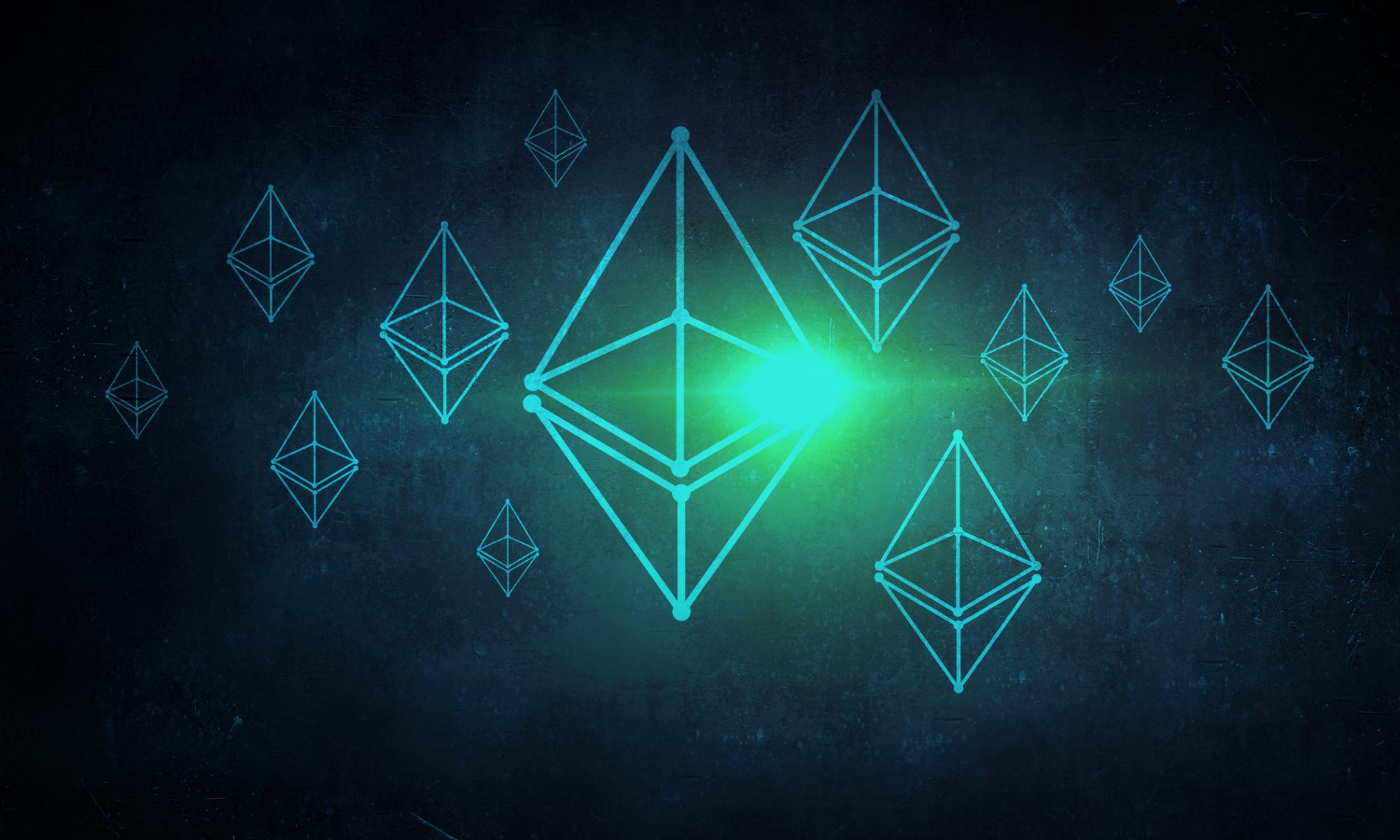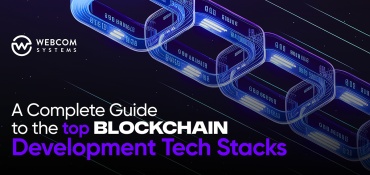ERC standards play a significant role in the most dominant blockchain network on the market, Ethereum. These ERC standards, known as Ethereum Request for Comment standards, are utilized in writing smart contracts that govern token activities on the Ethereum network.
Among them, ERC-20, ERC-721, and ERC-1155 are the most notable token standards within the Ethereum ecosystem. Each Ethereum token standards differ depending on the development of the type of token and the level of fungibility. Let’s understand each one in detail to know the difference between ERC-20 vs ERC-721 vs ERC-1155 and choose the ideal one depending on the specific requirements.
What is the ERC-20 Token Standard?
The ERC-20 standard is used as the fundamental framework to develop fungible tokens on the Ethereum blockchain. Here, fungibility defines the ability of a token to swap with another token. This exchange is possible only because both tokens hold a similar value.
A $1 coin in one person’s pocket, for instance, would be worth the same in another’s, proving that $1 is fungible. Similarly, 10 ETH in one person’s wallet would have a similar functional and financial value as 10 ETH in another person’s wallet.
Thus, fungibility ensures that ERC-20 can be easily exchanged across the Ethereum network. Using this Ethereum token standard, ERC-20 tokens can be easily deployed and customized for their utility.
Key Characteristics of ERC-20 Tokens
- Since the same fungible tokens don’t have unique token IDs and hold the same value, they can be used interchangeably.
- ERC-20 tokens have custom utility and can be specified for voting, payments, rewards, access control, etc.
- ERC-20 tokens can be easily transferred from one wallet to another and tracked on the blockchain network.
- ERC-20 tokens work well for Ethereum-based wallets, dApps, exchanges, and more.
- ERC-20 tokens have the same functionality, making their integration easier.
- Ethereum smart contracts manage the ERC-20 tokens and automate transactions.
Use Cases of ERC-20 Tokens
ERC-20 tokens have a broad range of applications, some of which are as follows:
- Reward and loyalty points
- Tokenized commodities, such as silver or gold
- Voting and governance in decentralized blockchain platforms
- Access to services within decentralized applications (dApps)
- Fundraising mechanisms through Initial Coin Offerings (ICOs)
- Denote fiat currencies, such as USDC or EURC
What is the ERC-721 token standard?
The ERC-721 token standard, unlike ERC-20, is used to develop non-fungible tokens. Here, non-fungibility defines the uniqueness of these assets and their inability to be changed with other similar assets. Due to this unique nature, these tokens are often called NFTs.
Take “The Starry Night” painting by Vincent van Gogh, for instance. It is a unique art piece that can’t be exchanged with any other painting or its exact same replica.
In the blockchain, “Everydays: the First 5000 Days” and “Cryptopunks” are some examples of NFTs. These NFTs are unique art pieces and can be exchanged with their replicas.
If anyone attempts to deceive NFTs, they can be easily identified by verifying their authenticity on the blockchain.
Key Characteristics of the ERC-721 Tokens:
- Being non-fungible, each ERC-721 token has a unique value specified with its metadata and identifier (token ID).
- ERC-721 tokens can be purchased, collected, and sold as valuable items.
- Smart contracts mention the ERC-721 token owner details and transfer history as well for easier tracking.
- ERC-721 tokens are integrated with compatible marketplaces, wallets, and more.
- ERC-721 tokens don’t support fractional ownership as they can’t be divided.
- Ethereum smart contracts are responsible for automating token minting, transferring, and other operations.
Use Cases of ERC-721 Tokens
ERC-721 tokens allow blockchain-based digital ownership. Key use cases include:
- Digital collectibles (e.g., CryptoKitties, NBA Top Shot)
- Art and music NFTs
- In-game assets (e.g., characters, weapons)
- Virtual land and real estate
- Identity and certification documents (e.g., diplomas, licenses)
What is the ERC-1155 token standard?
Famously described as a multi-token standard, the ERC-1155 standard can handle both fungible and non-fungible tokens. Thus, it performs the function of both ERC-20 and ERC-721 token standards. ERC-1155 can easily handle an infinite number of assets through a single contract. This standard can even be used to create semi-fungible tokens as well.
Basically, these tokens can work as fungible tokens initially and be used for trading, and, if redeemed, they can work as distinct NFTs. For example, music concert tickets can be sold as ERC-20 (fungible) tokens and can be easily exchanged for each other. However, once the concert is over, these tickets become collectibles (non-fungible).
Key Characteristics of the ERC-1155 Token
- With a single smart contract, both fungible tokens (like ERC20) and non-fungible tokens (like ERC721) can be managed.
- ERC1155 tokens can be used across various platforms and applications as inherited features of both standards.
- Instead of carrying multiple transactions, ERC1155 enables the transfer of different token types in a single transaction.
- ERC-1155 not only saves gas costs, but it also speeds up transactions and, eventually, improves efficiency.
- ERC1155 has much-enhanced metadata capabilities. It can entail thorough descriptions and features for each token type.
Use Cases of ERC-1155 Tokens
ERC-1155 tokens are perfect for projects that require a mix of fungible and non-fungible tokens, such as
- Create both limited edition digital collectibles and multiple copies.
- Standard tickets can be sold as fungible tokens, while VIP passes are non-fungible assets under the same contract.
- In virtual real estate, a single token contract can support land plots as NFTs and issue passes as fungible tokens.
- A single token contract can handle non-fungible tokens like weapons or vehicles, as well as fungible in-game currencies for gaming.
Basic Differences: ERC-20 vs ERC-721 vs ERC-1155
Here is the basic difference between all 3 types of Ethereum token standards:
| Feature | ERC-20 | ERC-721 | ERC-1155 |
|---|---|---|---|
| Token Type | Fungible | Non-Fungible | Multi-Token (Fungible, Non-Fungible, Semi) |
| Nature | All tokens are identical and equal | Each token is unique | Can represent both fungible and non-fungible |
| Use Cases | Currencies, utility tokens, ICOs, and more | NFTs, digital art, collectibles, and more | Games, marketplaces, and more |
| Token ID | No unique token IDs | Each token has a unique ID | Token ID used to define type and metadata |
| Batch Transfers | Not supported | Not supported | Supported (gas efficient) |
How To Choose The Best Ethereum Token Standard?
When selecting between Ethereum token standards like ERC-20, ERC-721, and ERC-1155, you need to consider the following:
Define the tokens’ purpose.
Firstly, sort out the purpose of your tokens; whether they would be used for security, utility, governance, rewarding, or something else.
Understand Asset Types
Determine if you are creating assets with a unique identity or ones that are interchangeable and have the same value.
Choose the type of token
Now you can select the type of tokens you want:
- if you need fungible tokens, go with ERC-20,
- If you want non-fungible tokens, go with ERC-721, and
- If you require a combination of both, choose ERC-1155.
Assess Technical Requirements & Complexity
Recognize the resources needed to implement each standard; for example, ERC-20 has simple smart contracts and requires few resources. But more sophisticated smart contract testing and logic can be found in standards like ERC-721 and ERC-1155.
Analyse Platform Compatibility
ERC-20 tokens are naturally more compatible than those of newer standards like ERC-1155, which require special integrations for improved compatibility. Be clear if you need a higher compatibility platform or if compatibility isn’t a big concern for your project.
Analyze Scalability and Efficiency
ERC-1155 is a great choice if the project calls for several token transfers; it even lowers gas costs. Otherwise, if the transaction volume is low, ERC-721 and ERC-20 can be selected.
Furthermore, scalability can be improved by using Layer 2 options.
Consider Regulatory and Security Implications
Review that your selected standard aligns with the compliance requirements of your industry. In addition, make sure the token standard’s security features provide necessary protection against vulnerabilities.
Understand Client Base and Ecosystem
Ensure the business audience is familiar with the technicalities of the chosen platform. For instance, ERC-1155-based assets are more user-friendly for gamers.
Consult With Experts
For better guidance, it is critical to engage with experts who are knowledgeable about token standards and token development at the outset of a project.
End Note
To put it briefly, ERC-721 is a token standard that supports non-fungible tokens, while ERC-20 primarily supports fungible tokens. ERC-1155 is a hybrid of the two that can handle both token types. Although each Ethereum token standard has its own perks, it is important to choose the ones that are actually beneficial for your project. At Webcom Systems, we have a team of professionals who hold special expertise in blockchain technology and assist businesses in building robust solutions that maximize their returns. We understand the intricacies involved with different Ethereum token standards and help you select an ideal one for your project. Get in touch with us to get started.
Recommended Read: Ethereum’s Role in Smart Contract Development





